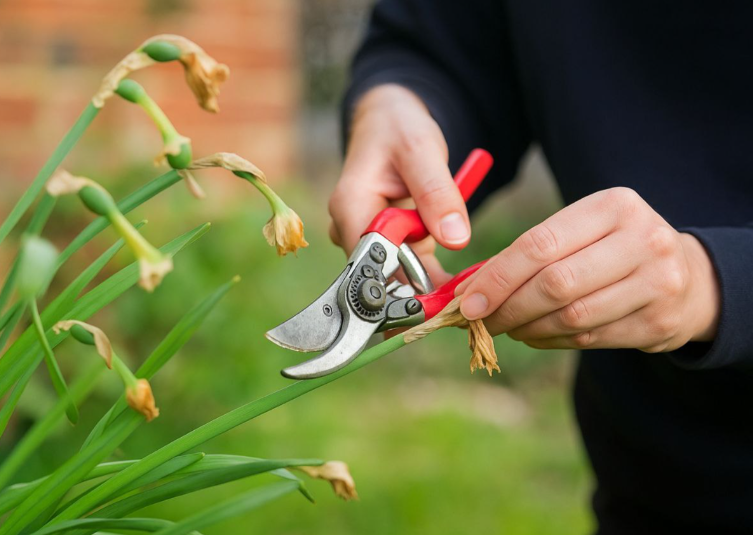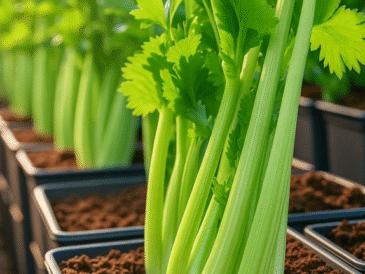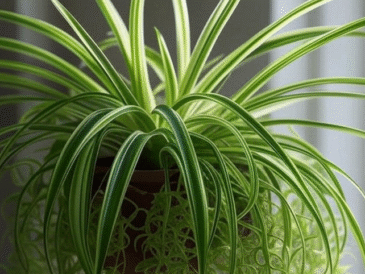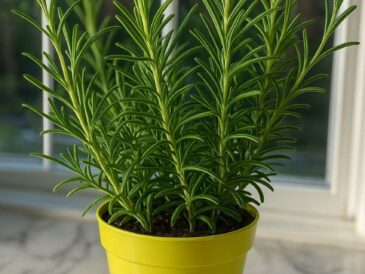Daffodils are more than just the opening act of spring—they’re a promise that brighter days are ahead. Their golden trumpets rise through the soil with almost magical timing, delighting gardeners and passersby alike. But here’s something most people don’t realize:
The real secret to amazing daffodils next year starts the moment this year’s blooms fade.
Yes, the post-bloom period is where the magic really happens—but only if you know what to do. Neglect this stage, and you may be disappointed come next spring. Give it a little attention, and your daffodils can return stronger, brighter, and more abundant than ever.
So before you forget about them for another year, let’s dig into the 10 essential steps that can transform your daffodil display from fleeting to fantastic.
1. Snip the Spent Blooms (But Leave the Leaves)
Once daffodil flowers begin to wilt and drop, their energy shifts. If left alone, the plant will waste valuable strength producing seeds. By simply removing the dead flower heads—a process known as deadheading—you’re giving the bulbs permission to redirect their focus.
All you need is a pair of scissors or garden snips. Gently remove the spent blooms, but don’t cut the leaves. They’re still hard at work collecting sunlight to recharge the bulbs for next season.
2. Feed Them While They’re Still Active
Most people assume the show is over once the flowers are gone. But daffodil bulbs are still very much awake underground, storing nutrients for future growth. Give them a helping hand by applying a slow-release fertilizer.
Choose a balanced formula designed for bulbs and apply it right after blooming. It’s like a well-earned meal after a performance—they need to refuel while they still can.
3. Keep Watering (Just Not Too Much)
Daffodils don’t need much once their flowers have faded, but they do still need moisture. The soil should stay lightly moist, especially during dry spells. Deep watering once a week is usually enough—just be sure the soil drains well.
If the bulbs sit in soggy soil for too long, they can rot. Think of it as a gentle hydration plan, not a flood.
4. Add a Cozy Blanket of Mulch
A thin layer of organic mulch goes a long way. It locks in moisture, keeps weeds at bay, and helps regulate soil temperature. Plus, as the mulch breaks down, it feeds the soil.
Spread a couple inches of shredded bark, compost, or leaf mold around the base of your plants. It’s like tucking your daffodils in for a well-earned rest.
5. Keep Watch for Uninvited Guests
While daffodils are usually left alone by deer and rabbits, other pests sometimes find their way in. Slugs, snails, and bulb flies can cause trouble underground or along the stems.
Check regularly for signs of damage. You don’t need to reach for chemicals right away—simple methods like copper tape or diatomaceous earth can do wonders. Stay observant, and act early.
6. Give Them Room to Breathe
Have your daffodils been blooming less each year? They might be overcrowded.
Over time, daffodil bulbs multiply and compete for space. Every few years—usually three to five—it’s a good idea to dig up and divide the clumps. Wait until the leaves have completely yellowed before you do this.
Gently lift the bulbs, separate them, and replant with a few inches of space between each. You’ll be rewarded with bigger, better blooms.
7. Take a Peek at Your Soil
You’d be surprised what a simple soil test can reveal. Is the pH too high? Too low? Are key nutrients missing?
Daffodils prefer slightly acidic to neutral soil. If things are off-balance, make gentle corrections with lime, sulfur, or compost. You don’t need to be a soil scientist—just aim to give your plants the best foundation possible.
8. Don’t Ignore the Leaves
The foliage may not be as pretty as the flowers, but it’s just as important. Yellowing, spots, or wilting can be signs of fungal diseases like basal rot or narcissus smoulder.
If you see anything unusual, act fast. Remove the affected leaves, avoid wetting the foliage when watering, and improve air circulation around the plants. Healthy leaves are a sign of a happy bulb beneath the surface.
9. Think Ahead to Next Spring
Once you’ve cared for this year’s blooms, it’s the perfect time to plan your dream daffodil display for next year. Where did the flowers look sparse? Where could a splash of yellow bring more cheer?
Take note of bloom times and color combinations. Maybe you’ll try early varieties next year—or mix daffodils with crocuses, tulips, or hyacinths for a layered look. A little planning now means a more stunning spring later.
10. Write It Down—Yes, Really
Here’s a simple yet powerful habit: keep a garden journal. Jot down when your daffodils bloomed, what worked, what didn’t, and any issues you noticed.
Next year, you won’t be guessing—you’ll have a personal daffodil playbook. You can track improvements, fine-tune your approach, and enjoy a more rewarding garden season after season.
Final Thoughts: The Bloom Isn’t the End—It’s the Beginning
Most people stop paying attention to their daffodils the moment the flowers fade. But now you know better. These ten post-bloom tasks are more than just garden chores—they’re part of a rhythm, a routine that leads to lasting beauty and healthier plants.
Take the time to care for your daffodils after they bloom, and you’ll be greeted next spring not just by flowers, but by the satisfaction of a job well done.




